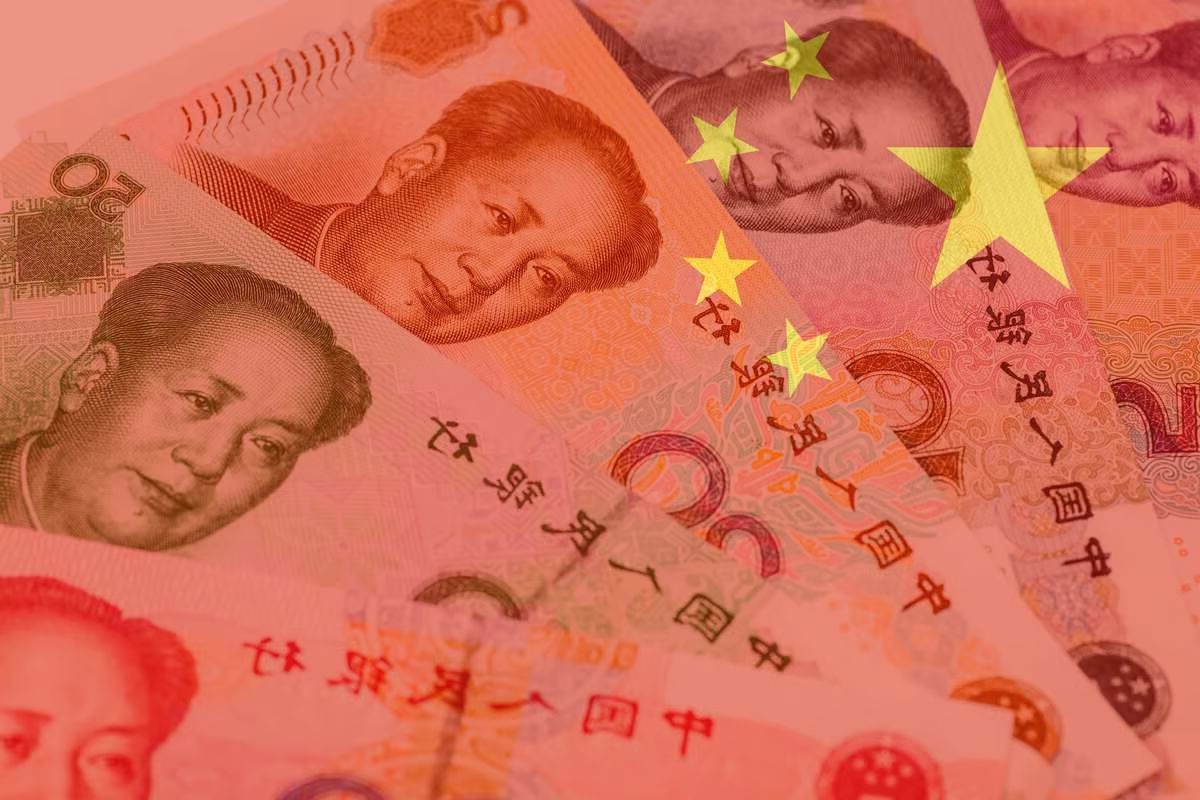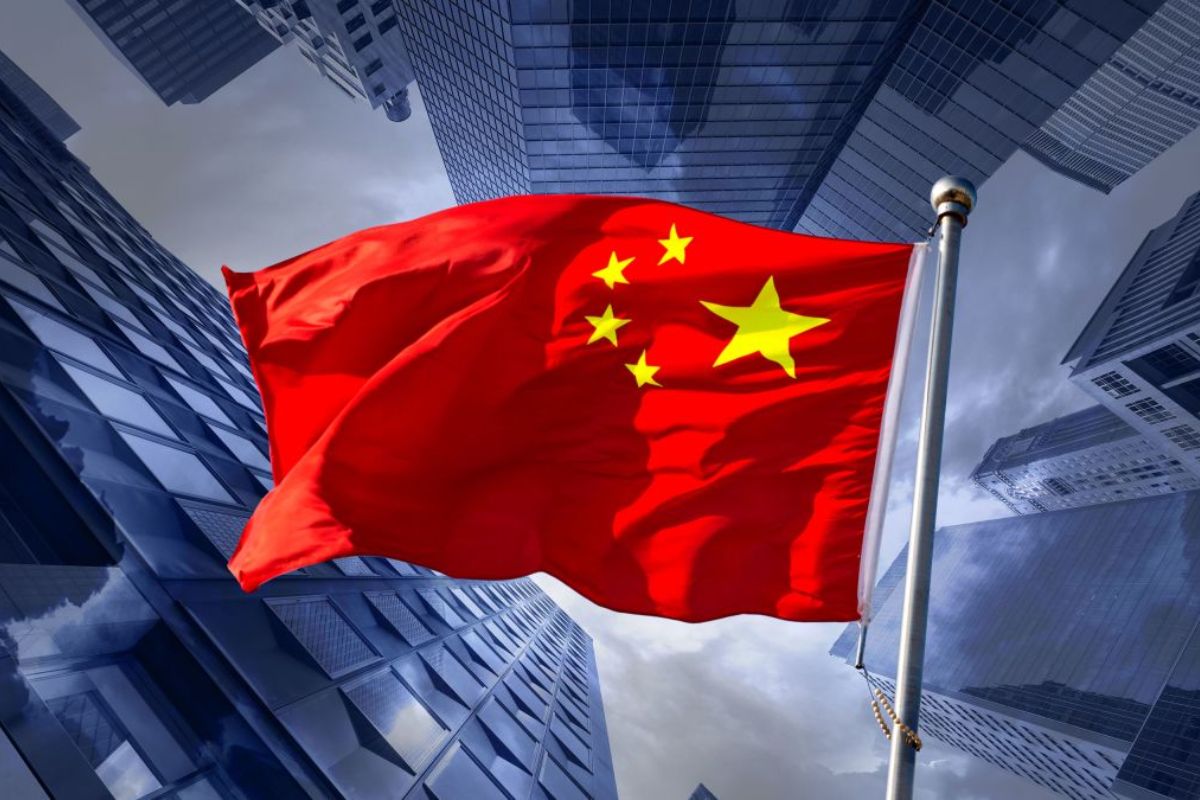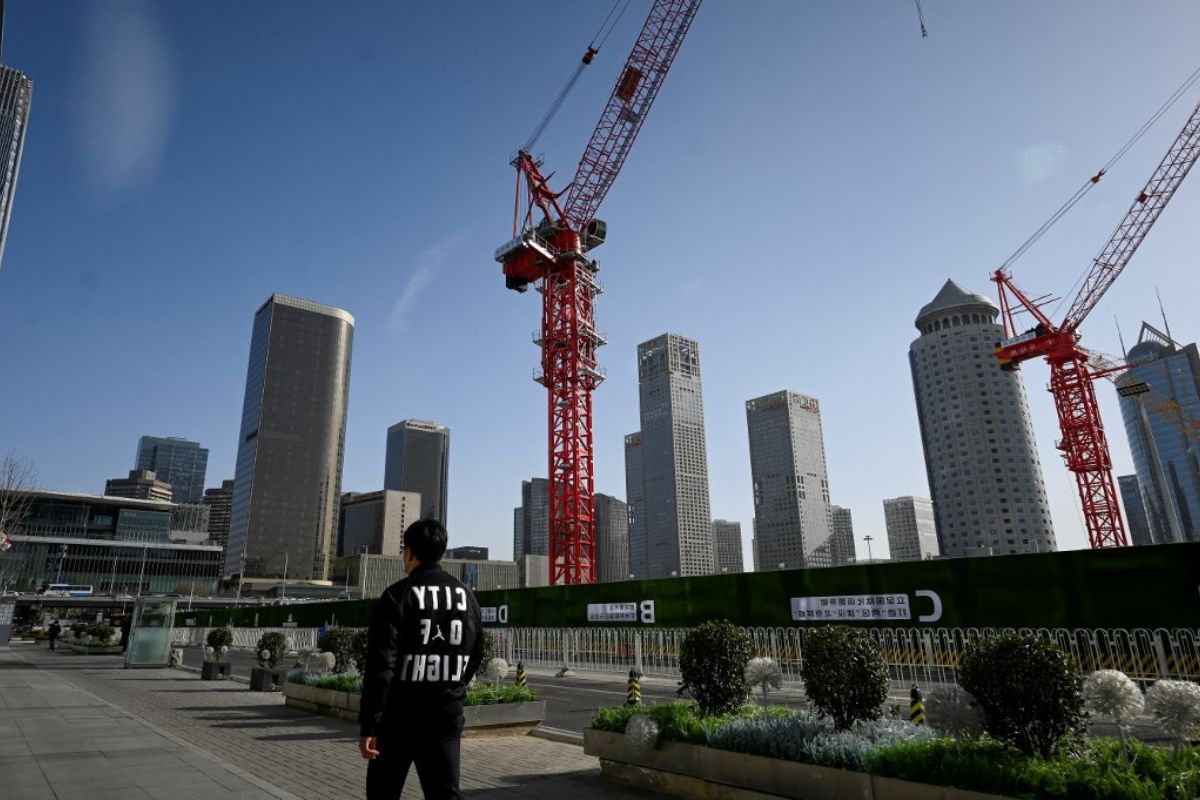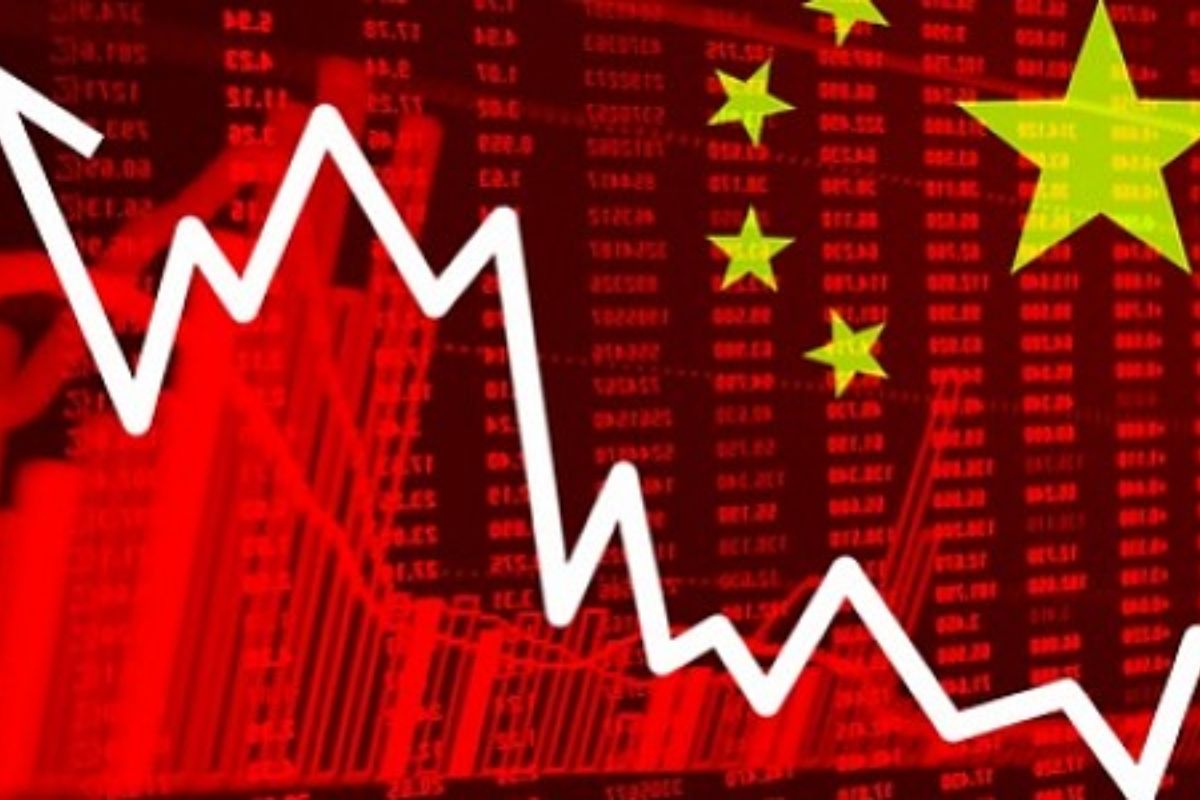China’s Q4 GDP figures paint a complex picture of the country’s economic recovery, with both positive and concerning signs emerging. While the overall growth rate appears impressive at first glance, a closer examination reveals a tale of patchy recovery and the urgent need for stimulus measures.
As we delve into the details, it becomes evident that certain sectors are struggling to regain momentum, raising questions about the sustainability of China’s rebound. Moreover, the labor market and social impact of this recovery remain uncertain, adding another layer of complexity to the situation.
In light of these challenges, policymakers face the crucial task of navigating the delicate balance between supporting the economy and avoiding excessive stimulus. The road ahead for China’s economy is teeming with uncertainties, making it a topic that demands our attention and analysis.
Key Takeaways
- China’s Q4 GDP growth rate was 5.2%, indicating a patchy and slow recovery.
- Challenges such as the deepening property crisis, deflationary pressures, and weakened demand have hindered robust growth.
- Analysts are surprised by the difficulties in achieving a strong economic rebound.
- Stimulus measures are necessary to support the economy and ensure a more sustainable recovery.
Overview of China’s Economic Performance
China’s economic performance in the past year has been marked by slower growth. The fourth quarter GDP fell short of expectations due to various challenges faced by the country. Despite a slight increase in GDP growth at 5.2% in October-December compared to the previous quarter, the recovery has been patchy and far from robust. Analysts are expressing surprise at the difficulties encountered in achieving a strong economic rebound.
The deepening property crisis, deflationary pressures, and weakened demand have all contributed to the sluggish growth. These challenges have highlighted the need for stimulus measures to support the economy and ensure a more sustainable recovery.
As China navigates through these obstacles, it is crucial for policymakers to implement effective strategies that address these issues and promote a more resilient economic performance in the future.
Also Read: China Economic Rebound Accelerates: Q3 GDP Surge and September Activity Signal Momentum
Challenges and Concerns for China’s Economic Recovery
The obstacles facing China’s economic recovery are multifaceted and pose significant challenges to sustainable growth.
A prolonged real estate slump has weighed heavily on the economy, as the property market is a crucial driver of investment and consumer spending. Diminished consumer and business confidence further exacerbate the situation, as hesitant spending hampers domestic demand.
Additionally, escalating local government debts raise concerns about financial stability and the potential risks they pose to the overall economy. While China managed to meet its annual growth target of 5% in 2023, doubts have emerged regarding the stability of the post-COVID rebound.
These challenges and concerns cast a shadow over China’s economic prospects for 2024 and call for decisive action to stimulate growth and address the underlying issues.
Sector-wise Analysis and Market Reactions
With a mixed performance across sectors, December’s economic data in China reveals both promising growth and concerning indicators.
While factory output grew at the fastest pace since February 2022, retail sales experienced the slowest growth since September, and investment growth remained tepid.
The property sector, once a key economic driver, faced grim statistics, leading to declines in stock markets in China and Hong Kong, and pressure on the yuan. The lack of interest rate cuts contributed to market disappointment.
In response to these developments, market reactions have been varied and volatile. The stock markets in China and Hong Kong experienced declines, reflecting concerns about the property sector’s struggles. Additionally, the pressure on the yuan suggests that investors are worried about the overall health of the Chinese economy.
Labor Market and Social Impact
As the labor market in China grapples with uncertainties, marked by an increase in youth unemployment figures in December, it becomes evident that targeted stimulus measures are necessary to address the challenges and ensure social stability.
The rise in youth unemployment, with figures reaching 5.1% and a survey-based jobless rate of 14.9% for 16-24 year-olds, highlights the pressing need for action.
Businesses remain cautious about hiring amid economic uncertainties, perpetuating the problem.
To tackle this issue, the government must implement measures that directly support households and provide monetary easing.
Such targeted stimulus will not only alleviate the burden on the labor market but also foster social stability.
Failure to act swiftly and decisively risks exacerbating the social impact, further widening the gap between the haves and have-nots.
Policy Measures and Future Outlook
Policy measures and the future outlook for China’s economy are critical factors that will shape the country’s trajectory in the coming months. As the People’s Bank of China commits to increased policy support, it is clear that the government recognizes the need for action to stimulate economic recovery and combat deflationary pressures. However, the decision to keep the medium-term policy rate unchanged indicates constraints on monetary easing.
To navigate these challenges, the following measures and factors will be crucial:
- Anticipated policy rate cuts in the first quarter
- Continued fiscal spending to drive growth
- Attention on forthcoming year-end data releases, particularly GDP growth figures
- The uncertain overall outlook for China’s economy
- The market’s sentiment toward China in 2024
These factors will shape the effectiveness of policy measures and determine the future direction of China’s economy. It is essential for policymakers to navigate these challenges effectively to ensure sustained recovery and growth.
Conclusion Of China’s Q4 GDP
China’s Q4 GDP numbers reflect a mixed bag of economic recovery. While there are signs of improvement in certain sectors, challenges and concerns still linger.
The labor market and social impact of the pandemic continue to be a cause for worry. To address these issues, the call for stimulus measures becomes crucial.
The future outlook remains uncertain, but it is clear that decisive policy measures are needed to ensure a more robust and sustainable recovery.
Our Reader’s Queries
Q1 What is the GDP of China in RMB?
A In September 2023, China’s GDP data reached 31,999.230 RMB billion, marking a rise from the preceding figure of 30,803.760 RMB billion recorded in June 2023. The quarterly update of China’s GDP data, spanning from March 1992 to September 2023 with 127 observations, shows an average of 6,948.210 RMB billion.
Q2 What is the economic development of China?
A China boasts an upper-middle-income, developing, mixed socialist market economy that integrates industrial policies and strategic five-year plans. It holds the position of the world’s second-largest economy based on nominal GDP, trailing behind the United States. However, since 2016, it has secured its standing as the world’s largest economy when assessed by purchasing power parity (PPP).
Q3 Why is China growing so fast?
A The economy is propelled by significant forces such as industrial production and manufacturing exports. Notably, the country, despite ranking in the top 10 globally, is not as developed as some of its counterparts. A crucial factor fueling growth is government spending, which has resulted in widespread construction activities over the past few years.




